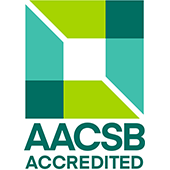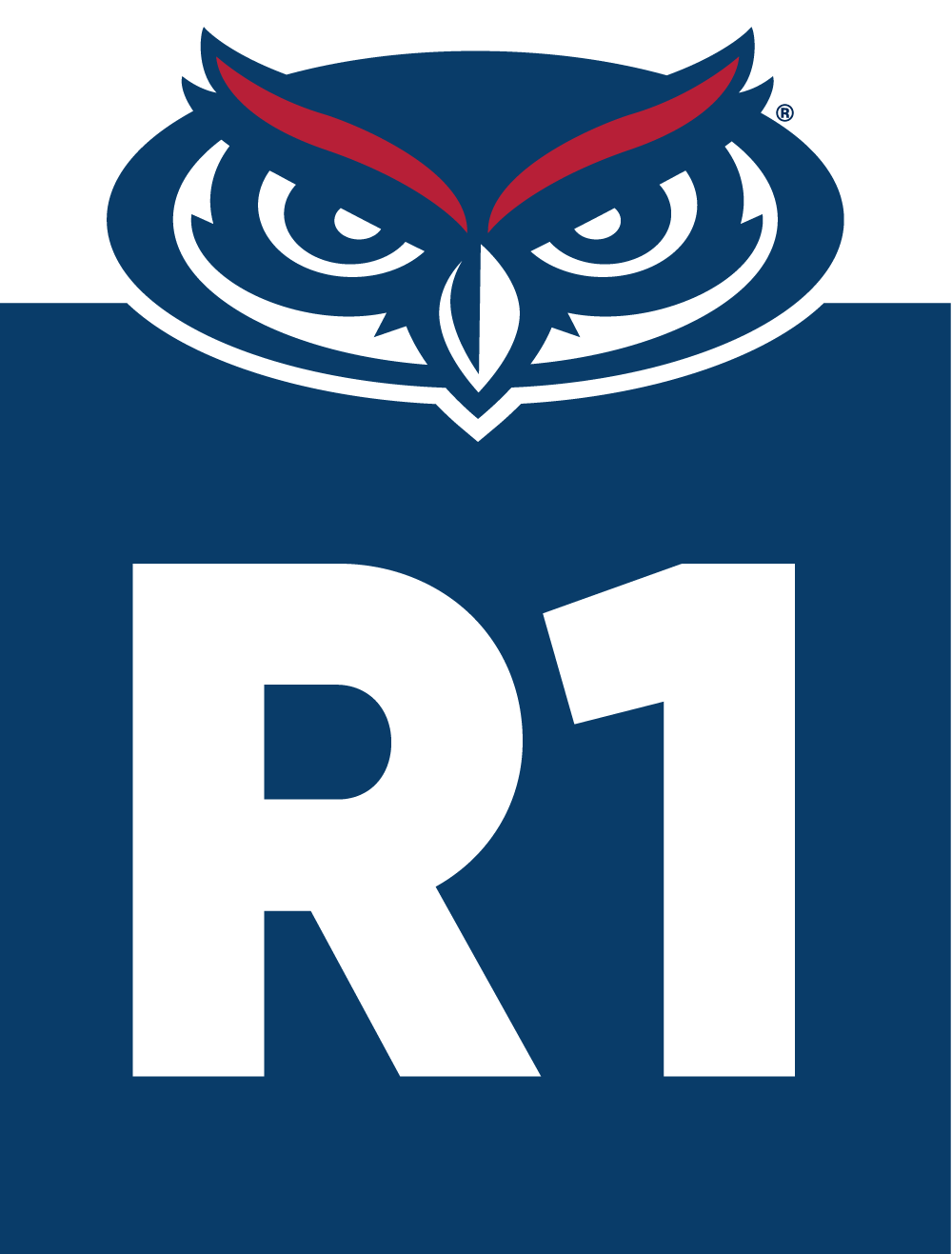Program Information
Overview of Program Information
The minimum number of credits required for the Bachelor of Science with major in Data Science and Analytics is 120 credits: 36 credits in the Intellectual Foundations Program, 48 credits of major requirements and 36 credits of general electives. Additional requirements:
1. A minimum of 45 upper-division credits;
2. Students must attain a minimum grade of "C" in all major courses to receive credit
in the major; and
3. No major course with a pass/fail grade will be accepted.
Program Sheets
- Additional details about program courses can be found on the program sheets.Be sure to select your catalog year.
Comparing Business Analytics to Data Science
| Business Analytics | Data Science |
| Is the statistical study of business data to gain specific business insights. | Is the study of data in general, using statistics, algorithims, and technology. |
| It is mandatory for businesses to use Business analytics to gain a competitive advantage | Is an intellectual, abstract, and technical field - advancing the technology and science of data analytics |
| Is strategic - what a specific analysis means for the business | Is technical - what mathematical and computer science concepts to use to make the data analysis efficient and accurate |
| Is domain specific: business domain expertise required | Is a generalist field interested in data as numbers. No domain expertise is required. |
| Is used by business decision makers. Findings have to inform the organizations' decision-making | Is not used by business decision makers. Findings cannot inform organizations' decision-making. |
| Is cognitive and business-oriented anaylsis, seeking direct implications for the business ("so what?" story) | Is algorithim-based, Machine learning and AI constructed |
| Is only used when a well-defined business question is asked with the given data set | Is used without clear questions that need to be answered with the given data set. |
| Studies trends and patterns specific to a business. | Studies almost every trend and pattern. |
| Does not involve much coding. It is more statisics oriented. | Coding (programming) is widely used. Employs traditional analytics and good computer science knowledge. |
| Bases the analysis on statistical concepts. | Uses statistics at the end of anaylsis following coding |
| Heavy use of tools: focused on basket of built tools, techniques, each tool used for specific business problems. Tools used extensively in business anaylitics are Excel, Tableau, PowerBI, SQL, Python, SPSS, SAS, Google analytics, and many more. The most commonly used techniques are - Statistical Methods, Forecasting, Predictive Modeling and storytelling. | No use of tools. focused on mathematical concepts, algorithims and coding. |
| Stakeholders' privacy is an important factor in the approaches to analysis and data handling | Privacy issues are not considered |
| Top industries where business analytics is used: finance, healthcare, marketing, retail, supply chain, economics, telecommunications. | Top industries/applications where data science is used: physical sciences, machine learning, AI. |

















